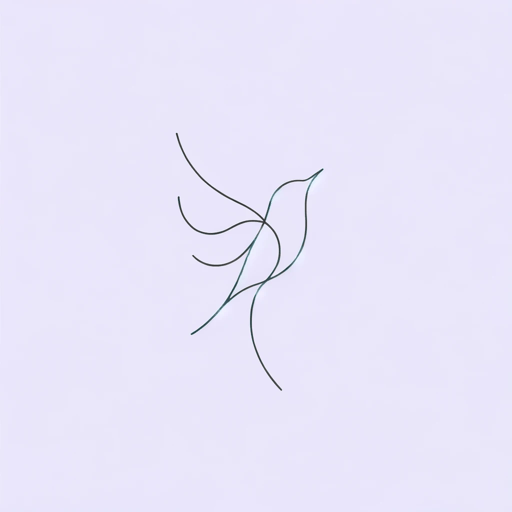25 pages • 50 minutes read
John KeatsOde to a Nightingale
Fiction | Poem | Adult | Published in 1819A modern alternative to SparkNotes and CliffsNotes, SuperSummary offers high-quality Study Guides with detailed chapter summaries and analysis of major themes, characters, and more.
Literary Devices
Form and Meter
“Ode to a Nightingale” is a revival of the Horatian ode, which in itself is rooted in Greek literary tradition. The ode is an Ancient Greek song performed at formal occasions, usually in praise of its subject. In general, a Horatian ode has a consistent stanza length and meter, as in “Ode to a Nightingale.” While the Horatian ode used several two-to-four-line stanzas, Keats here structures his ode in eight separate stanzas of 10 lines each. The rhyme scheme is ABABCDECDE, and the meter of most lines is iambic pentameter. Iambic pentameter is the most common meter in English and also the easiest to commit to memory, which gives this dense ode a memorable, musical quality. In an iambic pentameter line, there are five instances of an unaccented syllable followed by an accented or stressed sound. For instance, consider the scansion of the opening two lines of “Ode to a Nightingale”:
“My heart aches, and a drowsy numbness pains
My sense, as though of hemlock I had drunk” (Lines 1-2).
Related Titles
By John Keats

Endymion: A Poetic Romance
John Keats
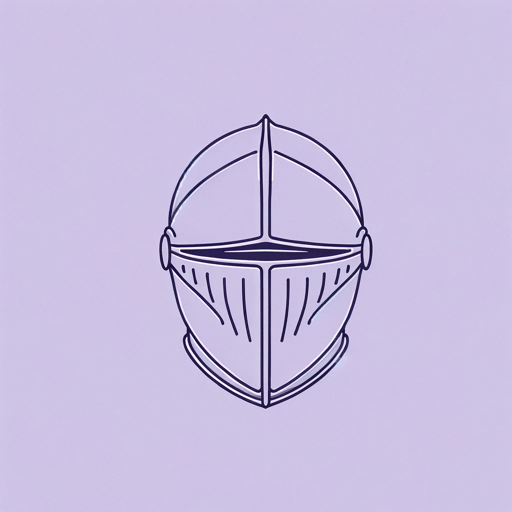
La Belle Dame sans Merci
John Keats

Meg Merrilies
John Keats

Ode on a Grecian Urn
John Keats

Ode on Melancholy
John Keats
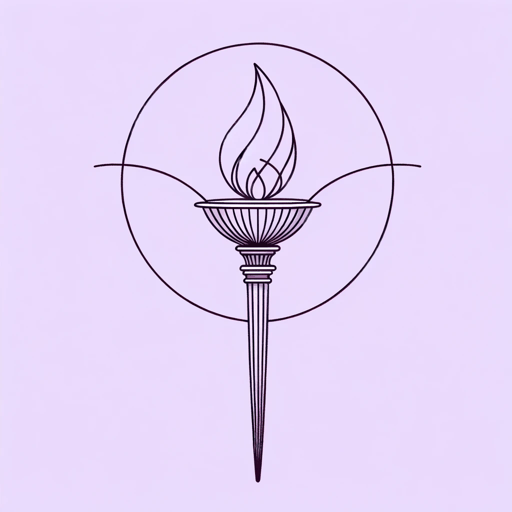
Ode to Psyche
John Keats

On First Looking into Chapman's Homer
John Keats
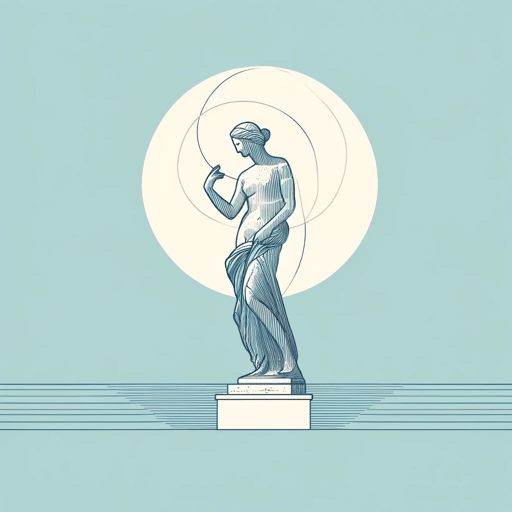
On Seeing the Elgin Marbles
John Keats

The Eve of St. Agnes
John Keats

To Autumn
John Keats
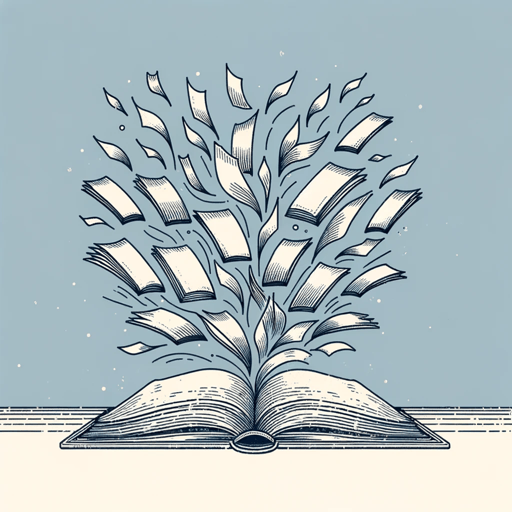
When I Have Fears That I May Cease to Be
John Keats
